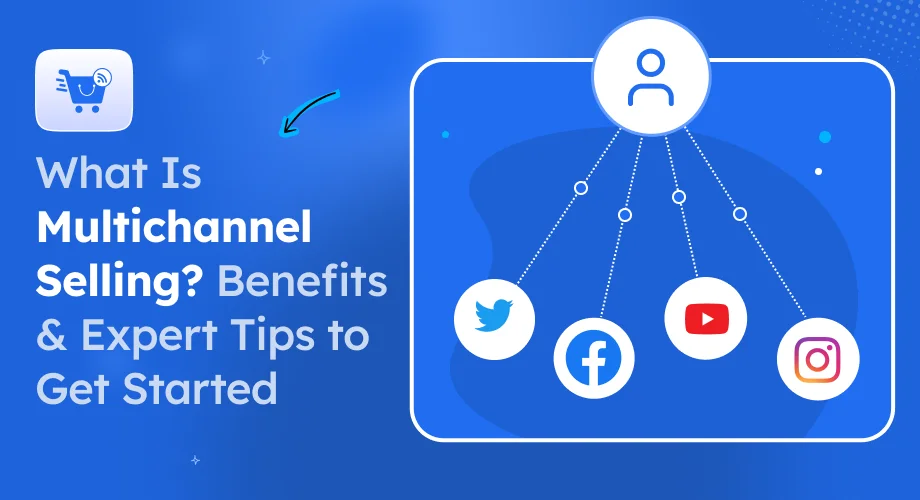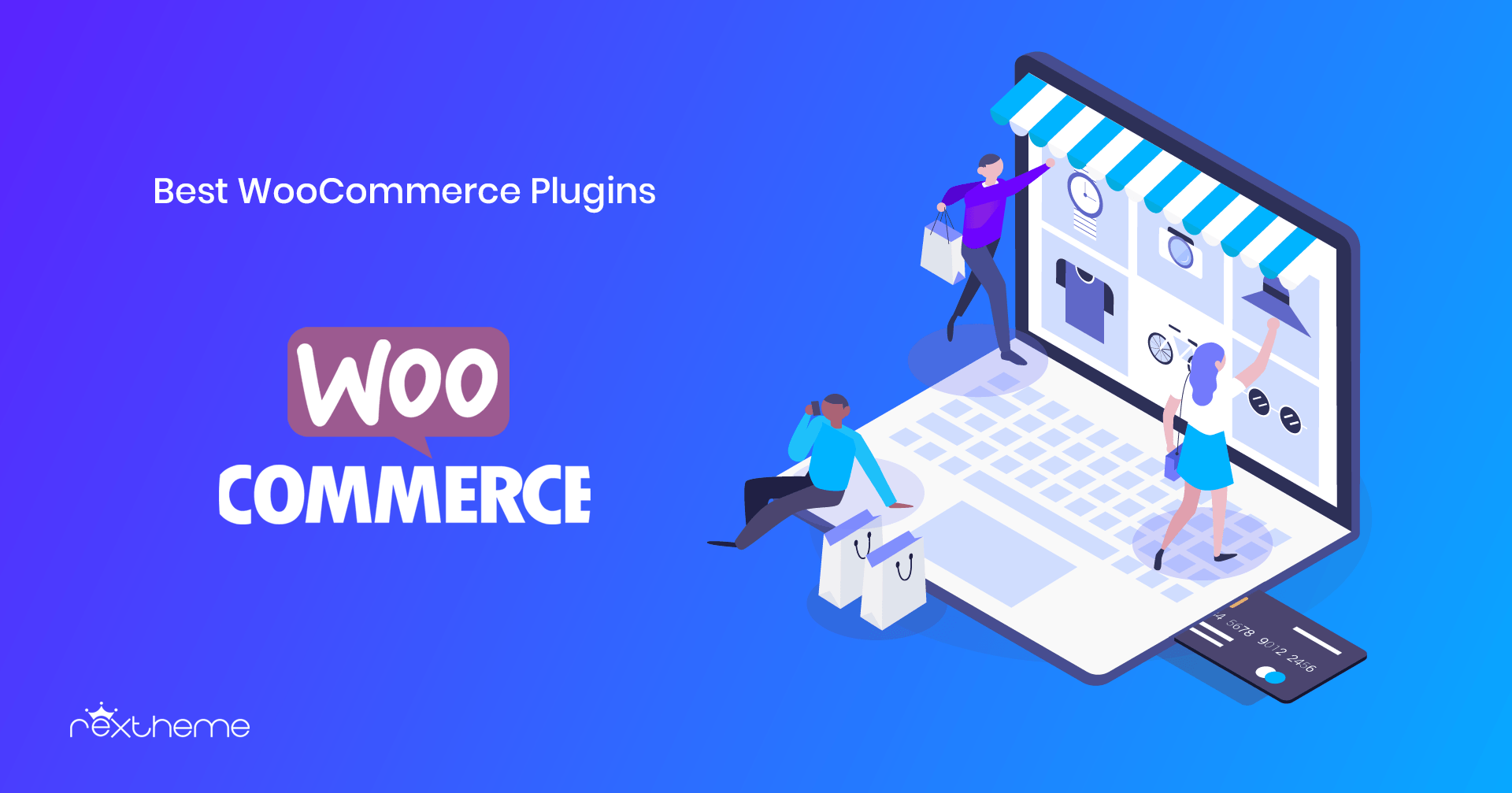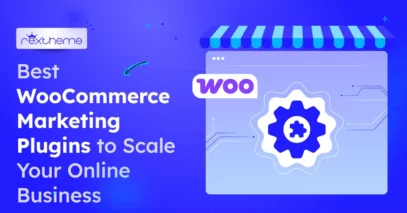Ever browsed a product on Instagram, checked the price on Amazon, and then finally bought it from the brand’s website? That’s how people shop today—jumping between platforms before making a decision.
Now, here’s the real question: Is your business showing up in all the right places?
If you’re only selling on one platform, you’re leaving money on the table.
Because, 51% of companies already use at least eight channels to reach their customers, and those that don’t risk falling behind.
But selling everywhere isn’t as easy as it sounds. Managing inventory, pricing, and product listings across multiple platforms can get messy fast.
That’s why, in this guide, I’ll break down what multichannel selling really means, why it’s essential, and how to do it the right way—without the stress of managing multiple platforms manually.
So, let’s go.
What Is Multichannel Selling?
Multichannel selling means offering your products on a variety of platforms, giving your customers multiple ways to shop from you. You can sell on your website, marketplaces like Amazon, social media, and even in physical stores.
Each channel operates independently, allowing you to reach customers wherever they are most active.

In contrast, single-channel selling limits you to just one platform, which can restrict your potential for growth.
Multichannel selling helps you extend your reach and meet your customers wherever they like to shop, giving you an edge over businesses that rely on just one sales avenue.
Multichannel vs Omnichannel: What’s the Difference?
While both strategies focus on reaching customers through multiple platforms, multichannel selling is all about expanding your presence across different channels, each working separately.
On the other hand, omnichannel selling is designed to create a connected, seamless experience across all your channels.
But let’s be clear: Multichannel selling is ideal for businesses that want to quickly scale and reach a broader audience without the need for complex integration.
- Multichannel selling involves offering your products on different platforms like your website, Amazon, or Instagram, but each of these platforms works independently. For example, a customer might see an item on your website and then later find it on Amazon, but those platforms aren’t connected in terms of inventory or customer interaction.
- Omnichannel selling connects all your platforms, giving a unified shopping experience. If a customer adds something to their cart on your website, they can access it on your mobile app or in-store. However, this level of integration may require more complex setups and management.
Example: Consider a brand that sells both online and in-store.
- With multichannel selling, a customer browsing your Instagram might spot an item they like, but when they visit your website, they have to start the search again. If they head to your physical store, the staff wouldn’t have insight into what they were looking at online.
- With omnichannel selling, everything’s connected. If that same customer adds the item to their cart on Instagram, they can continue shopping on your website or even pick up the item in the store, all while maintaining a smooth experience.
So, multichannel selling is a powerful strategy that allows you to tap into different customer bases and expand your reach.
While omnichannel is great for businesses that can invest in seamless integration, multichannel gives you flexibility and a strong foundation to grow and diversify your sales efforts.
What Sales Channels Are Used in Multichannel Selling?
To truly make multichannel selling work for your business, you need to understand the key sales channels that you can use to reach your audience. Whether it’s physical or online, each channel offers unique benefits that help you expand your reach and grow your business.
Here’s a look at the most common sales channels in multichannel selling.
A. Physical Sales Channels
While online sales are crucial, physical locations still play a key role in your multichannel strategy.
For many businesses, having a physical presence helps build trust and credibility, offering customers the chance to interact with products in person.
Here’s how physical channels can benefit your sales:
i. Markets and Pop-up Stores
Selling at local markets or setting up pop-up stores is an excellent way to test new products and reach customers face-to-face. It’s a cost-effective way to get instant feedback and build brand awareness.
Whether it’s at a farmers’ market or a holiday pop-up shop, these temporary setups can drive sales and attract new customers.

ii. Owned Retail Spaces
Having your own retail space gives you complete control over the shopping experience. It allows you to directly connect with your customers, showcase your brand’s personality, and offer personalized service.
While it requires more investment, owning your own store gives you the flexibility to control your operations and customer experience.
iii. Multi-brand Retail Stores
Selling through third-party retailers, like department stores or big-box chains, helps you reach a larger audience.
While you won’t have as much control over the shopping experience, partnering with established stores lets you tap into their customer base and expand your reach.
These retail partnerships can be a great way to get your products in front of new customers who may not have discovered your brand otherwise.
B. Online Sales Channels
For most businesses today, online sales are the backbone of multichannel selling. Customers expect to shop whenever and wherever they want, and having a solid online presence is key to meeting these demands.
i. Your Own Website
Owning your own website gives you full control over your branding, product listings, and pricing. It’s a direct way to sell to your customers without any intermediaries, which means you keep more of the profits.
Plus, you can provide an experience that aligns perfectly with your brand’s identity.
ii. Online Marketplaces (Amazon, eBay, etc.)
Selling on online marketplaces like Amazon or eBay lets you tap into ready-made audiences. These platforms already have millions of users, which means your products can get immediate exposure.
You also benefit from the trust these platforms have built with customers, which can help boost your sales.
iii. Comparison Shopping Engines (Google Shopping, etc.)
Comparison shopping engines help customers compare product prices and features across different retailers.
By listing your products on these sites, you can increase visibility and attract price-sensitive shoppers who are looking for the best deal. It’s a great way to drive traffic to your website or marketplace listings.
iv. Mobile Marketplaces (Apps like Wish, AliExpress, etc.)
Mobile commerce is growing rapidly, and platforms like Wish and AliExpress are becoming key players in multichannel selling.
More people are shopping on their smartphones, and these mobile marketplaces allow you to tap into that audience. By listing your products on these apps, you can reach customers who prefer to shop on their phones.
v. Social Media Marketplaces (Facebook, Instagram, TikTok, etc.)
Selling through social media platforms is becoming increasingly important. Social media marketplaces like Facebook, Instagram, and TikTok allow you to engage directly with your audience and sell products in a more interactive and engaging way.
These platforms give you a chance to reach your audience where they already spend a lot of time, making it easier for them to discover and purchase your products.
As you can see, multichannel selling isn’t just about having a presence on one or two platforms. It’s about strategically using a mix of physical and online channels to reach your customers where they are. Whether you’re selling in-store, on your website, or through social media, each channel contributes to your overall success.
Now that you know what channels you can sell through, let’s dive into why multichannel selling is so beneficial for your business.
4 Major Benefits of Multichannel Selling
By selling across multiple platforms, you’re not only reaching more customers but also protecting and growing your business in various ways.
Let’s take a closer look at the major benefits.
1. Reach More Customers on Their Preferred Platforms
Selling across multiple channels means you can meet your customers where they like to shop. Some prefer buying from your website, while others may prefer shopping through Amazon or browsing your Instagram store.
By being on different platforms, you’re not limiting yourself to just one audience. You’re opening up opportunities to attract a wider group of customers who may otherwise not have found you.
2. Diversify Revenue Streams and Reduce Risk
One of the main advantages of multichannel selling is that it helps protect your business from relying too heavily on just one sales channel. If one platform experiences a downturn or technical issues, you’re not stuck with only one way to generate sales.
By diversifying, you reduce the risk of having your entire revenue dependent on a single source, making your business more stable in the long run.
3. Improve Customer Experience & Convenience
The more channels you offer, the easier it is for customers to buy from you. Some people prefer shopping online at their convenience, while others enjoy in-person shopping.
By giving your customers more options, you’re making the purchasing process more convenient for them. When customers can buy through their preferred method, it boosts their satisfaction and can increase the chances of repeat business.
4. Use Third-Party Marketing & Audience Traffic
Selling through established platforms like Amazon or eBay gives you access to their massive built-in audience. These platforms already do a lot of the heavy lifting when it comes to marketing. They have millions of users who trust their services and are actively looking to buy.
By tapping into these third-party audiences, you can increase your exposure and sales without spending as much on advertising or marketing efforts.
These benefits work together to make your business more resilient, accessible, and competitive.
In short, multichannel selling opens up a lot of opportunities, but it also comes with its own set of challenges.
3 Key Challenges of Multichannel Selling
Managing multiple platforms, keeping inventory in sync, and delivering a consistent brand experience can get tricky if you don’t have the right systems in place.
Here are 3 key challenges you might face-
1. Managing Multiple Sales Channels Efficiently
Selling on multiple platforms means juggling different systems, order processes, and customer inquiries. If you’re not organized, things can slip through the cracks—leading to frustrated customers and lost sales.
Imagine you run an online store and also sell on Amazon and Instagram. A customer messages you on Instagram asking about a product, but by the time you see the message, they’ve already moved on. Meanwhile, you also miss an urgent customer email from your website.
With orders, customer messages, and product listings spread across multiple platforms, staying on top of everything can feel like a full-time job.
2. Inventory & Order Management Complexity
When you sell in different places, your inventory needs to stay updated everywhere. If someone buys a product on one platform, it should immediately reflect on the others. Otherwise, you could end up overselling and disappointing customers.
Let’s say you sell handmade candles. You list the same batch of candles on your website, Etsy, and a local pop-up shop. A customer buys the last lavender candle at your pop-up, but online, it still shows as in stock. Someone places an order through your website, and now you’re stuck figuring out how to explain that the item is actually sold out.
That’s an awkward conversation no one wants to have.
3. Maintaining a Consistent Brand Experience
Customers should have the same experience with your brand no matter where they shop. If your pricing, product descriptions, or customer service varies from platform to platform, it creates confusion and can even hurt trust.
Suppose, you sell skincare products and offer free shipping on your website, but on Amazon, customers have to pay extra for shipping. Someone who follows you on social media sees your free shipping offer and decides to buy from Amazon—only to be hit with an unexpected fee. They feel misled, and you risk losing them as a customer.
Multichannel selling isn’t just about being on multiple platforms—it’s about making sure everything runs smoothly across them.
But the good news is that with the right tools and processes, these challenges can be managed effectively.
5 Expert Tips for Successful Multichannel Selling
If you don’t have a clear plan, things can quickly become overwhelming.
Here are five practical tips to help you stay organized, avoid common mistakes, and make the most of your multichannel strategy.
1. Start with One Strong Channel and Expand Gradually
Instead of jumping onto every platform at once, focus on building a strong presence in one place first. Once you’ve established a steady flow of sales and understand your audience, then expand to other channels. This prevents you from stretching your resources too thin.

Say you sell handmade jewelry. Starting with your own website allows you to control branding and pricing. Once you have steady sales and a clear idea of which products are popular, you can expand to marketplaces like Etsy or Amazon to reach a larger audience.
2. Optimize Product Listings for Each Platform
Every platform has different requirements for product descriptions, image sizes, and pricing strategies. Copy-pasting the same listing everywhere won’t work. You should tailor your listings for each platform while making sure your brand message stays the same.
On Amazon, customers rely on search results, so using relevant keywords in product titles helps your listings appear in searches. On Instagram, high-quality lifestyle images drive engagement, so focusing on visuals makes a bigger impact.
3. Keep Inventory Synced Across All Channels
As I said before, ordering a product that’s actually out of stock is frustrating for the customers.
So, always keep your inventory updated in real-time to prevent overselling and shipping delays. Use an inventory management tool that automatically adjusts stock levels across all platforms when a sale is made.
4. Use Data and Analytics to Make Smart Decisions
Each platform provides sales data that can help you refine your strategy.
Pay attention to which products are selling the most, which channels bring in the highest revenue, and where customers are losing interest. When you track these details, you’ll know exactly where to focus your efforts to get better results.

If you notice that most of your social media traffic converts into sales on your website but not on your Amazon store, you might want to invest more in social media ads instead of boosting Amazon listings.
5. Use A Product Feed Management Tool for Automation
Manually updating product listings on every platform takes way too much time. A product feed management tool can help you in this case by automatically updating your pricing, stock levels, and product details across all your sales channels.
Let’s say you’re running a discount on your website. Instead of manually adjusting prices on Amazon, eBay, and Google Shopping, a product feed management tool updates everything for you.
Multichannel selling works best when you have a solid plan. Start small, optimize your listings, sync your inventory, track your data, and let automation handle the tedious tasks.
How a Product Feed Management Tool Helps Simplify Multichannel Selling
Keeping product details, pricing, and stock updated across multiple sales channels can be frustrating. If you manually update listings, mistakes are bound to happen—leading to overselling, pricing mismatches, and wasted time.
Product Feed Manager for WooCommerce (PFM) automates this process, so you don’t have to update each platform separately.

Below are the features PFM offers and how they help in multichannel selling.
- Automated Product Feed Generation: Generates product feeds for platforms like Google Shopping, Facebook, and eBay, so you don’t have to create listings manually.
- Real-Time Stock & Price Syncing: Updates stock and pricing across all channels instantly, preventing overselling and pricing mismatches.
- Pre-Made Templates for Marketplaces: Provides ready-to-use feed templates for different platforms, so you don’t have to set up feeds from scratch.
- Scheduled Feed Updates: Automatically updates product feeds at set intervals, so all listings always reflect the latest changes.
- Category Mapping for Different Platforms: Adjusts product categories to match each marketplace’s structure, making sure your products appear in relevant searches.
Schlussbemerkungen
Selling on multiple channels is one of the best ways to grow your business in 2025. It helps you reach more customers and increase sales, but it also comes with challenges.
Keeping track of inventory, updating product listings, and ensuring a consistent brand experience can get complicated fast.
So, if you’re planning to sell on multiple platforms, start smart.
FAQs
1. What’s the best way to manage product listings across platforms?
Using a solid multichannel sales strategy helps you update pricing, inventory, and product details efficiently across all platforms.
2. How do multichannel and omnichannel approaches differ?
Multichannel vs omnichannel comes down to experience—multichannel sells on various platforms, while omnichannel connects them for a smoother customer journey.
3. Why is consistency important in multichannel selling?
Multichannel retailing requires consistent branding, pricing, and messaging to build trust and reduce confusion for your customers.
4. What tools help simplify selling across several platforms?
To figure out how to sell on multiple platforms, you’ll want automation tools for inventory sync, product feeds, and order tracking.
5. Can small businesses benefit from selling on more than one channel?
Yes—when done with the right multichannel sales strategy, even small shops can increase visibility and drive more sales.



